Of the Stinging butcher's broom is one of the medicinal plants. Its root can be used medicinally.
Occurrence and cultivation of butcher's broom

The butcher's broom is one of the evergreen plants. It can reach a height of between 20 and 80 centimeters. Sometimes it is also 90 centimeters tall. The leathery leaves of the plant have a sharp point. They are two to three millimeters long. With the butcher's broom, a distinction is made between female and male specimens. Its flowering time takes place in the months of March to May. Red berries in the shape of a ball emerge from the flowers. They thrive between August and March and are considered poisonous.
The butcher's broom grows in the Mediterranean regions of southern Europe and extends from Spain to southern Russia. But the medicinal plant can also be found in Hungary, Romania and England. In contrast, it does not occur in Germany. Butcher's broom thrives best on rocky and dry soils, slopes and bushes.
Effect & application
The root of the butcher's broom is used for medicinal purposes. Its active ingredients are helpful against numerous venous disorders. They ensure the strengthening of the venous supporting tissue by reducing or even stopping the breakdown of elastin. In addition, the muscle cells of the veins can be strengthened by taking Ruscus extracts, which in turn strengthens the elasticity of the vein walls and narrows the blood vessels.
In this way, more blood can be transported back towards the heart. The active ingredients of butcher's broom also improve the activities of the lymph vessels. Water that accumulates in the vessels can thus be pumped out and passed on better. In addition, Ruscus extracts have anti-inflammatory effects, which primarily affects inflammatory edema.
Furthermore, the butcher's broom has antibiotic effects. The medicinal plant is able to curb the growth of different types of bacteria. The aqueous extract of butcher's broom can also be used against fungi such as Candida albicans. The most important active ingredients of the medicinal herb are steroid saponins such as ruscin, ruscogenin and ruscosid as well as triterpenes and phytosterols. Butcher's broom is usually taken in the form of ready-made preparations.
They are available in pharmacies and drugstores and contain components of butcher's broom root. The drugs contain 7 to 11 milligrams of total ruscogenins, which have a positive effect on discomfort in the veins. In order to be able to use the root components for the preparations, a dry extract in tablets or capsules is used. It is also possible to take butcher's broom as a tea. To do this, the patient puts a teaspoon of the root in 250 milliliters of cold water. After boiling, the tea has to steep for another 5 to 10 minutes and is then drunk twice a day.
The treatment usually takes several months. The prickly butcher's broom can also be used externally. For this purpose, a cream is prepared that consists of butcher's broom tincture and an oil extract. It is suitable for the treatment of hemorrhoids, spider veins and varicose veins. Butcher's broom berries were used by humans as a laxative in earlier times. However, due to their slight toxicity, they are no longer used today.
Importance for health, treatment & prevention
The butcher's broom was already valued as a medicinal plant in antiquity. It was once used to treat bladder stones, kidney problems and jaundice. Butcher's broom was also used as a perspiration and diuretic. The Europeans also used the medicinal herb to treat abdominal pain and constipation with it. However, modern medicine has not been able to confirm a positive effect on jaundice.
However, the positive effect of the plant on chronic venous weakness is recognized, which is associated with heavy legs, pain, calf cramps at night, water retention in the tissue and itching. Butcher's broom is now even considered a classic for treating venous disorders. The medicinal plant was classified by Commission E as anti-inflammatory, venous tonifying, diuretic and capillary-sealing.
Another proven area of application is the treatment of hemorrhoids, which cause uncomfortable burning and itching. It usually takes a few weeks before the first positive effects of using the butcher's broom become apparent.
The medicinal plant is also helpful in combating inflammatory changes in the skin caused by venous disorders. So, butcher's broom preparations can prevent skin infections. Another area of application of the butcher's broom is premenstrual syndrome. It occurs in women and leads to chest pain, feelings of tightness and retention of water.
Butcher's broom has long been recommended by traditional medicine for the treatment of menstrual cramps. Another great advantage of butcher's broom is its good gastric tolerance compared to horse chestnut extract. It serves as an effective alternative for people who have stomach problems and nausea after treatment with horse chestnut.
Side effects are seldom observed after ingesting butcher's broom. These primarily include nausea and stomach upset. Pregnant and breastfeeding women are advised not to use butcher's broom preparations.

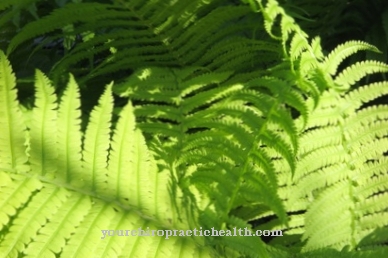
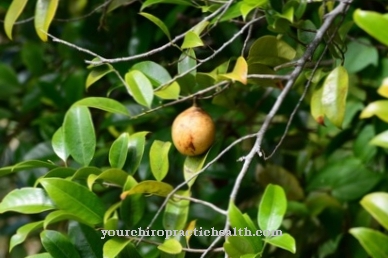
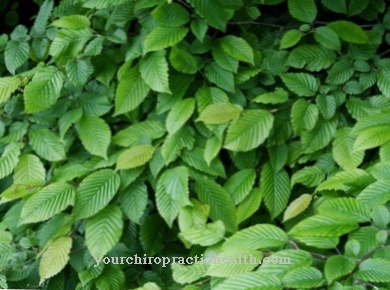
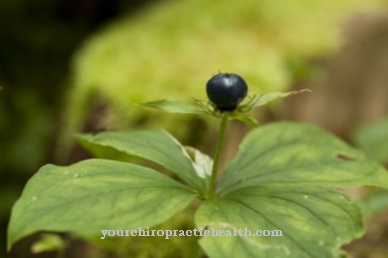
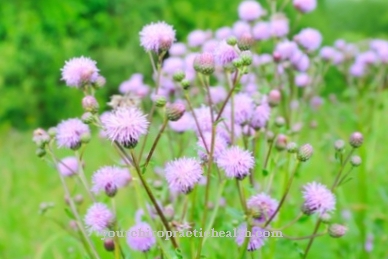
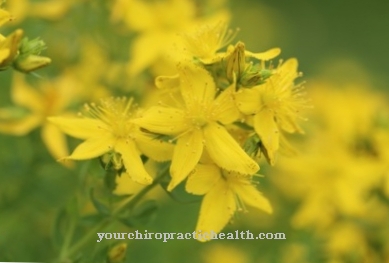


















.jpg)


